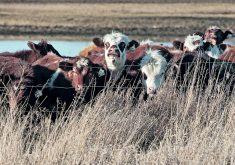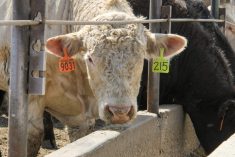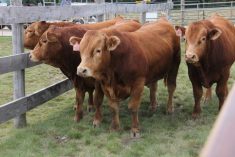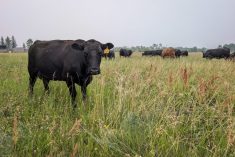Farm and/or ranch work remain exempt in the final version of Alberta’s new law requiring off-highway vehicle users to wear helmets while riding on public land.
Provincial Bill 36, which passed in December, takes effect May 15, requiring an approved helmet for anyone “driving, operating, riding in or on, or being towed by” an off-highway vehicle, and sets out fines for violations.
For the purpose of the new rules, an “off-highway vehicle” is any motorized vehicle built for cross-country travel on land, water, snow, ice, marshes or “other natural terrain.”
Read Also
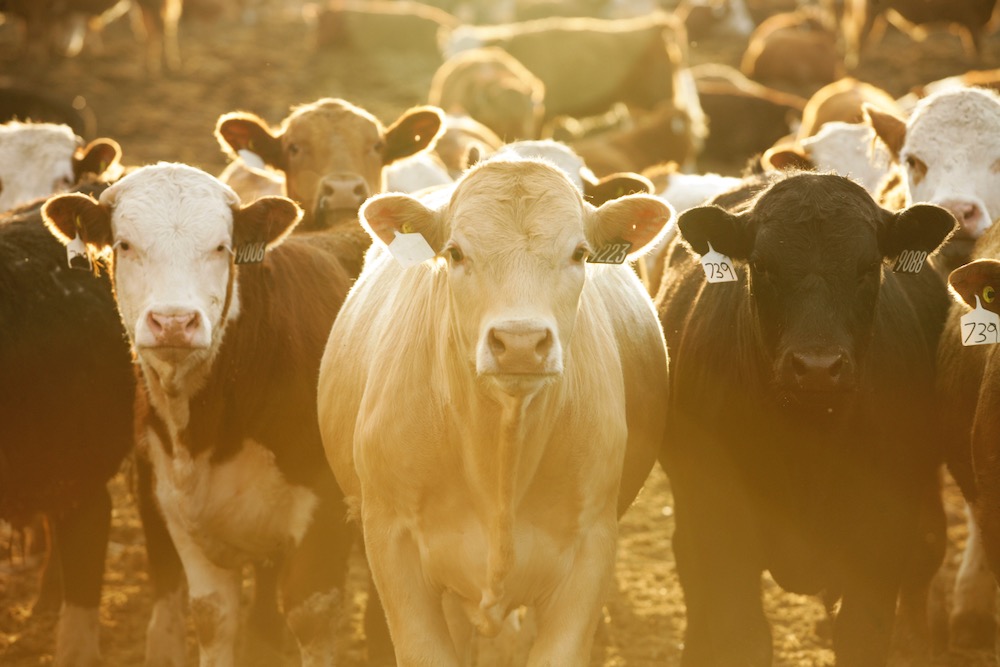
U.S. livestock: Cattle futures drop on Trump call for lower prices
Cattle futures on the Chicago Mercantile Exchange dropped sharply on Wednesday, reacting to comments from United States President Donald Trump…
Thus, the law covers use of all-terrain vehicles, snowmobiles, motorcycles, dirt bikes, utility terrain vehicles and amphibious vehicles, among others.
The bill defines “public land” as Crown land or other land which isn’t privately owned. That includes any areas designated for public off-highway vehicle use, as well as any public roadways and highway rights-of-way.
Bill 36 also sets fines of $155 for not wearing a helmet, and fines of $93 for wearing a helmet that isn’t CSA-compliant or is damaged or improperly modified. Those are the same fines already in place for on-road violations involving motorcycle riders, the province noted.
The law doesn’t require helmets for those using off-highway vehicles on their own property, on other private property with the owner’s permission, or on First Nations reserve or Metis settlement lands (except those with laws requiring it).
The province said the helmet rule doesn’t apply in the performance of “farming or ranching operations exempt from Alberta’s occupational health and safety laws.”
Those who have documented exemptions from Alberta Transportation, and are following the terms of those exemptions, are also exempt from the new helmet law, as are those who wear turbans as “bona fide” members of the Sikh faith, the province said.
Off-highway vehicles that have manufacturer-installed rollover protective structures (ROPS) and seat belts that are being properly worn are also exempt from the helmet rule.
Vehicles that meet standards for motor vehicles designed for on-road use and have seat belts — for example, unmodified 4×4 trucks, SUVs or jeeps — are also exempt, the province said.
Safety helmets under the new law must meet the same standards required for motorcycle helmets, such as CSA Standard CAN3-D230-M85, among others.
“Albertans told us overwhelmingly that they wanted us to make helmets a requirement for OHV riders, and we responded,” Transportation Minister Brian Mason said Monday in a release. “This will keep riders safe so that OHVs can be enjoyed well into the future.”
Noting head injuries are the “No. 1 risk” to off-highway vehicle riders, Brent Hodgson, president of the Alberta Off-Highway Vehicle Association, said the province has “struck the right balance with this legislation.”
On average, according to the provincial Injury Prevention Centre, about 19 people die each year while operating off-highway vehicles in Alberta.
Out of the 185 deaths of ATV riders in Alberta between 2002 and 2013, the province said, 74 were due to head injuries and almost 80 per cent of those deaths involved people not wearing helmets.
Helmet use is still recommended for all off-highway vehicle users, even if they are exempt, the province said. — AGCanada.com Network



